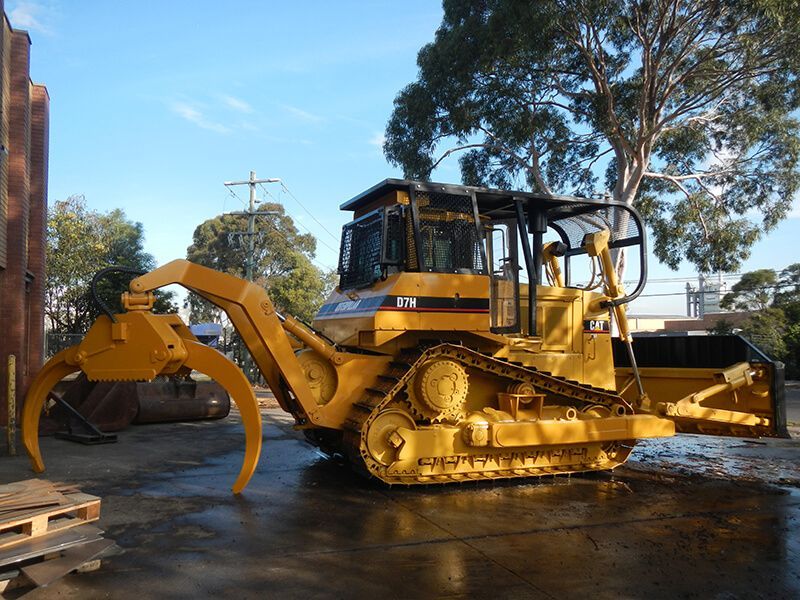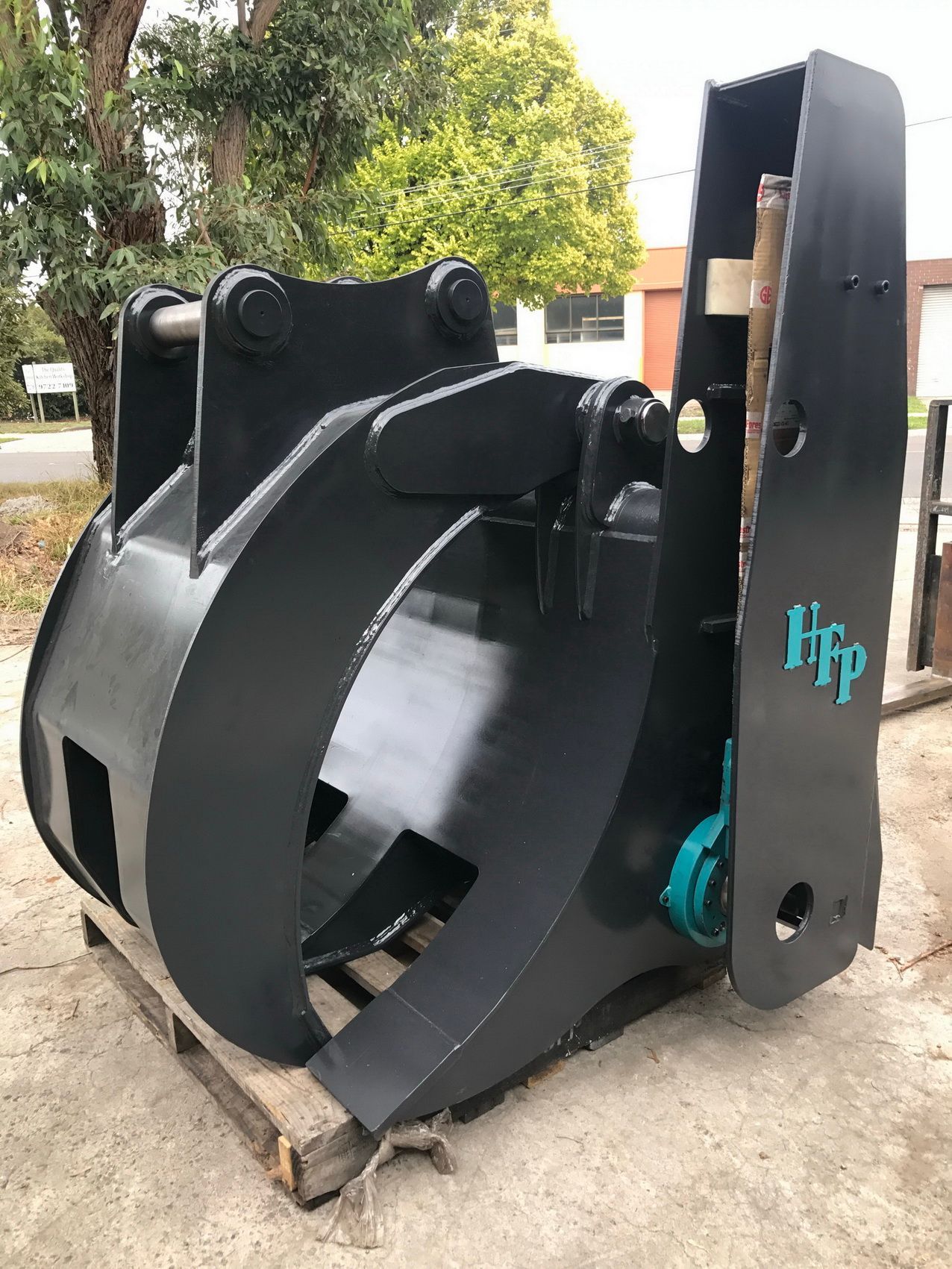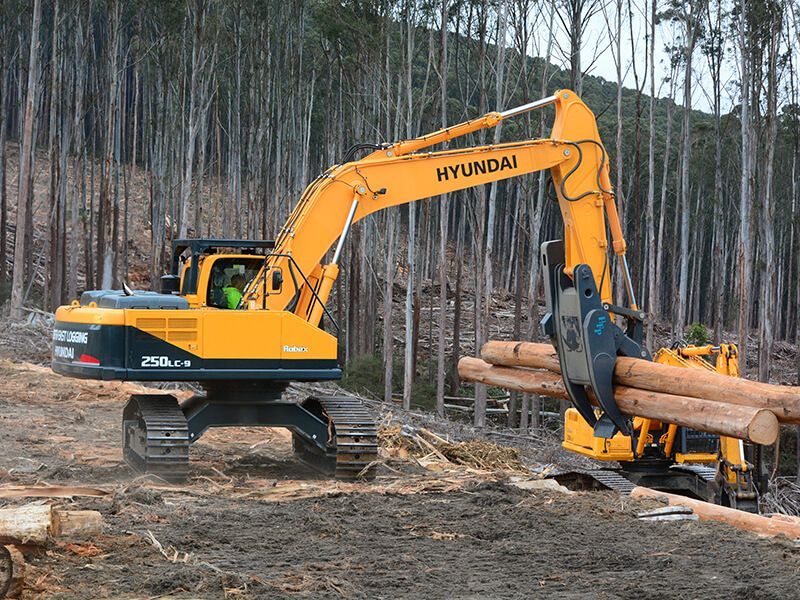How to choose the right excavator bucket for your job?
Selecting an appropriate excavator bucket is more than just an equipment choice; it's a decision that can directly impact the productivity and success of construction, excavation, and forestry projects. The bucket, a seemingly simple component, is, in fact, a pivotal element in determining how well your excavator performs under various conditions. This is why we’ve put this comprehensive guide together to assist you in making an informed decision that takes into account your project's specific needs.
Understanding different bucket types
The first step in choosing the right excavator bucket for your project is to understand the variety of available buckets and their intended applications. The following range of buckets are designed for a range of digging tasks, and each has its own strengths:
- GP buckets: Short for general purpose, GP buckets are ideal for light digging and loading of materials like soil and gravel.
- Heavy-duty buckets: Best suited for tougher tasks, such as digging in rocky terrain or hard ground.
- Mud buckets: These are wider and have a larger capacity, designed specifically for handling soft, muddy conditions or for bulk loading of lighter materials.
- Sieve buckets: Also known as screening buckets, they are used to sort materials and remove finer particles from soil, making them ideal for landscaping and agricultural use.
Considering work environment, material that’s being handled, and durability
Now we know the variety out there, and what they’re made for, it’s time to consider the environment and materials these buckets will be working with. If you’re planning on working with tough, rocky soils, then the heavy-duty bucket is the way to go. However, if your project is situated on softer terrains, a GP bucket is the more suitable option. The overall size and nature of the material should also dictate your choice – larger buckets for bulky materials and smaller ones for precision tasks. Finally, checking that the quality of construction and durability of the bucket is up to industry standards is important. Going for a bucket crafted from high-strength, wear-resistant materials ensures longevity and consistent performance, even in harsh conditions. This blend of the right type and quality of bucket not only improves operational efficiency but also contributes to the safety and longevity of your excavation equipment.
Want excavator buckets manufactured from high-quality material that can be customised to your machine’s exact specifications? Hardwood Forest Products Australia has got you sorted with their standard and custom-built excavator bucket solutions - just give us a call today.




